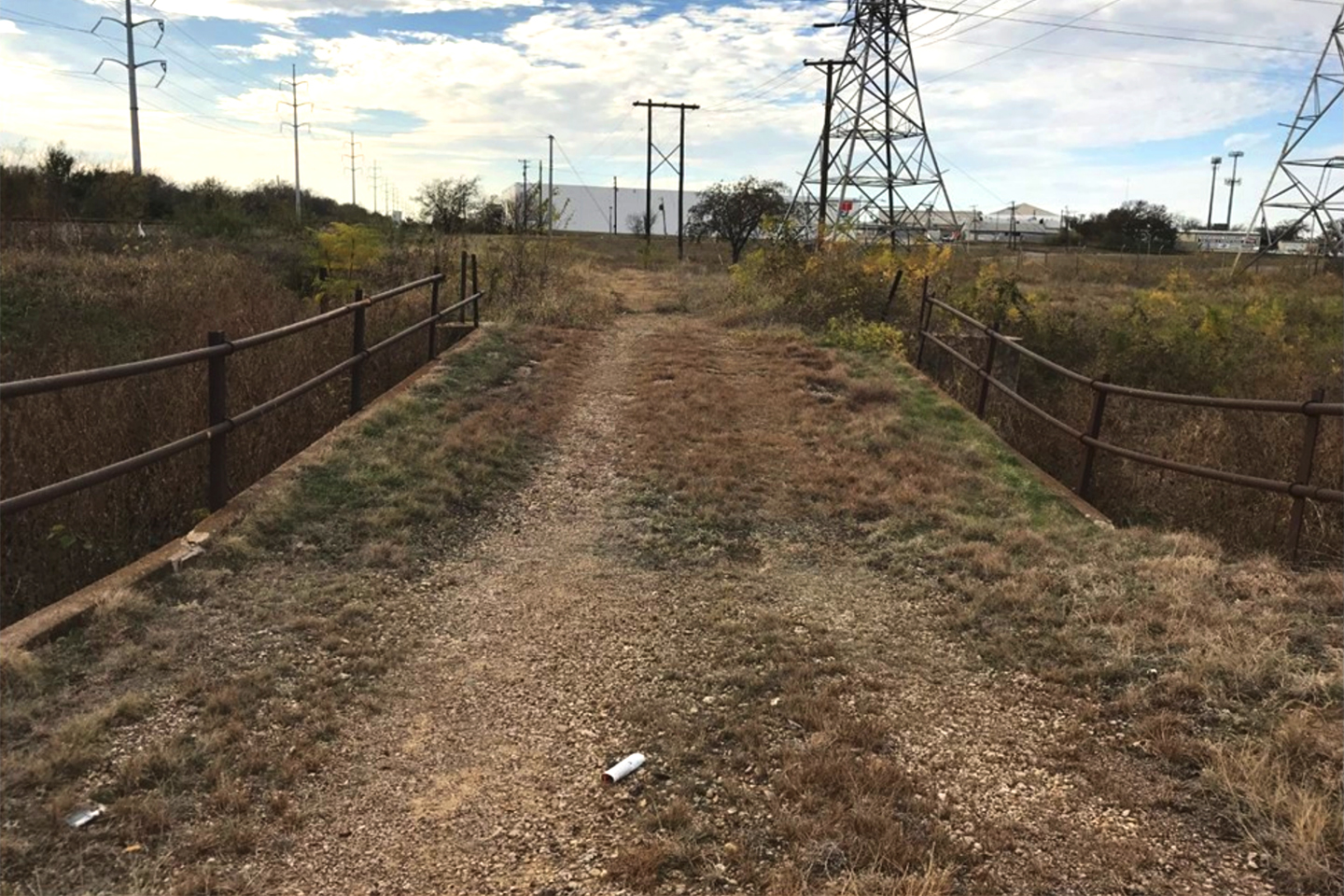
Traces of the Interurban (1902-1934) In and Near Arlington
North Texas had Mass Transit before anyone knew what “mass transit” actually meant. The Interurban lines ran from Denison to Dallas to Waco, Fort Worth to Arlington to Dallas, Dallas to Waxahachie to Hillsboro and Fort Worth to Burleson to Cleburne... all in the early 1900’s. These lines had many stops along the way. Called “sidings”, they stopped in towns like Trumbull, Sterrett, and Joshua; connecting rural farm communities with the larger cities. The present day large cities of Plano, Richardson, and McKinney were all on the Interurban line.
To say that the Interurban died a slow death is an understatement. The lines started hemorrhaging money in the early 1920’s and never recovered. The Interurban made attempts to strengthen their business by advertising for companies to ship freight “The Electric Way”, but this did not help their bottom line.
Some of the old-time locals say that the “The Model T killed the Interurban”. When vehicles became more affordable for the working class, the roads were their preferred method of travel. Highway maps from the late 1920’s show the immense growth of the highway system around North Texas. Main highways in the area included Highways 81, 77, 5, and the Bankhead Highway (later Highway 80 and then 180 in Arlington). You can still follow these original highways and see traces of the past. Driving west on Highway 180 from Fort Worth through Weatherford and Cisco is a treat if you know where to look.
The last Interurban ran in Arlington on Christmas Eve 1934 and the final run for the Dallas to Waco line ran in 1948. The tracks in Arlington laid barren until World War 2 when they were lifted for scrap metal drives. Once they were pulled up, almost all traces of the Interurban line were gone. Adding to this was the immense growth of Arlington starting in the 1950s. More houses, more roads, more buildings, and families moving to area from places like Detroit, Buffalo, Cleveland, etc. The Interurban was a distant memory by that time; something the old timers spoke of and the new and younger people weren’t interested in. Fast forward to 2018 and you’d think there was absolutely nothing left to show what was once there, but you’d be mistaken.
Driving down Division Street, the old Bankhead Highway route going west out of Arlington to Fort Worth, is nothing spectacular, but it has its secrets. Both Village Creek and Rush Creek still have the original walls crossing each creek from when the Interurban was constructed in 1903 by Stone and Webster. They are almost totally obliterated by time and nature, but they are there, right next to the railroad tracks. Also, just about 1/8 of a mile west of where Rush Creek crosses, on the south side of Division St., there is a stone staircase in the middle of an open field on a small hill that is visible from the road. This staircase once led to a private stop on the Interurban. This is the only remnant of any “private stops” on the Fort Worth to Dallas line.
Directly east of Rush Creek, and just west of Hare’s Nursery, on the south side of Division Street, Forest Edge Drive leaves Division St., heading west. It parallels Division St. for a short distance before turning south. This portion of Forest Edge Drive lies on the original Bankhead Highway alignment. Driving west on this road will take you under an original timber underpass for the Texas and Pacific railroad. Directly past the underpass is a sharp curve back to the east. Right at this curve lies the remains of an original 1902 Interurban wing wall from a bridge that once crossed over this road. With each passing year, the remains of this bridge are less and less. Nature and lawnmowers take their toll and, in just a few years, this wing wall of an Interurban bridge that crossed over Forest Edge Drive will be completely gone. It is amazing that this much of the bridge has lasted since 1902.
Just east of I-820, on the south side of the 3200 block of Lancaster Ave., behind the Dixie House Café parking lot, lies the only complete extant bridge built by Stone and Webster in 1902. (*Editor's note: As of December, 2021, the bridge was barricaded at either end and bulldozers were working nearby—this bridge may no longer exist at the time you are reading this article.) Handley began to develop with the arrival of the Texas and Pacific Railroad in 1876, but its real growth was the result of the Interurban depot, powerhouse, shops and a resort, Lake Erie, built on the south side of town. Handley Road (now on the maps as Old Handley Road) connected Fort Worth to the southeastern part of Tarrant County and remained in use as a secondary road until truncated by freeway construction in the mid 20th century. A short portion of the old Handley Road runs behind the present-day Dixie House Café (*see editor's note above). The bridge here was built for the old Handley Road to pass over the Interurban tracks. The bridge supports are in bad shape now.
The Fort Worth-Arlington-Dallas Interurban has been abandoned for over 80 years. Arlington has been torn down, ripped up, re-built, torn down and re-built again; but there are still remnants of the past to be seen, if you know where to look.
